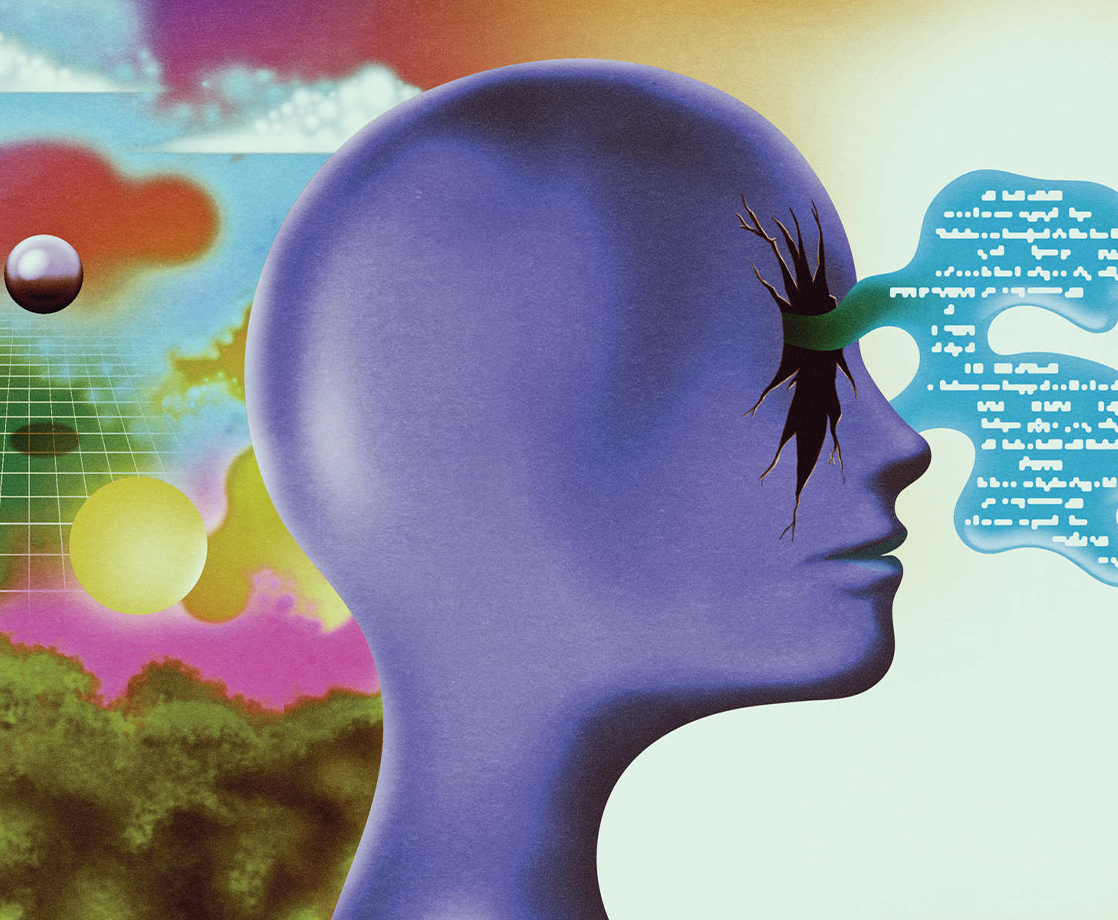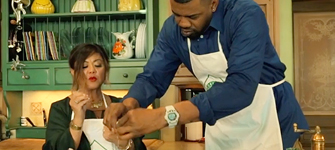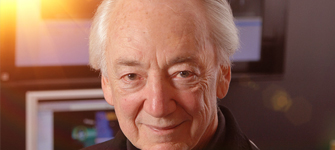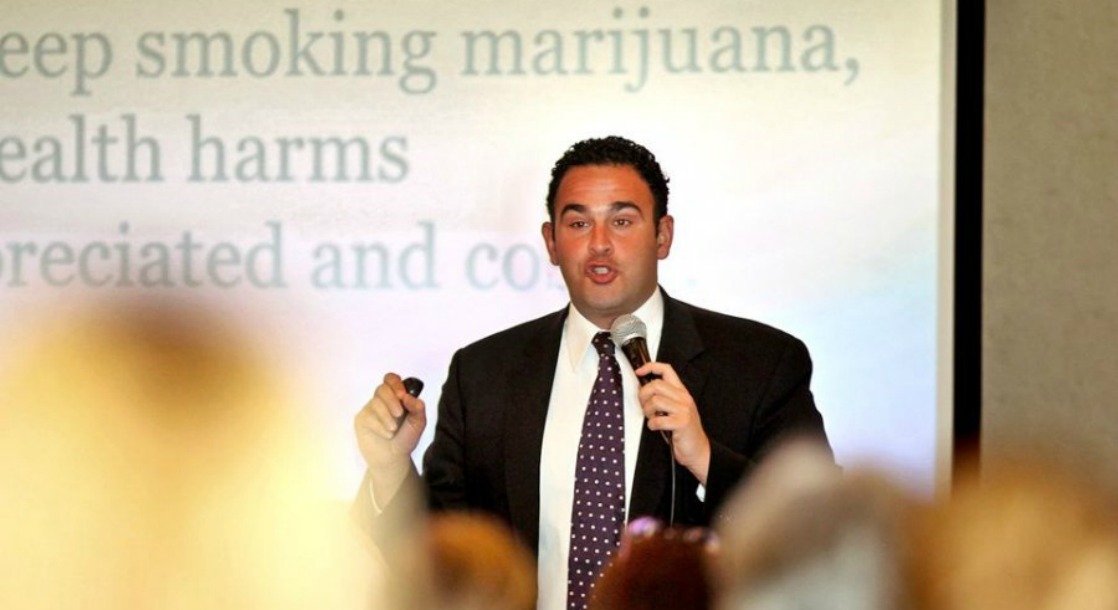All images courtesy of Robert Beatty
Lead image originally for NYTs Book Review
From his time in the 2000s American noise music underground to his current life as an in-demand designer and illustrator trading in a singular brand of eye-popping art, the Lexington, Kentucky-based artist and musician Robert Beatty has always done his own thing.
Before he was known for making distinctively retro-futuristic album covers for everyone from Tame Impala and Ariel Pink to Oneohtrix Point Never and The Flaming Lips, the artist was a key figure within a Midwest underground music scene that prized experimentation, aggression, and play in equal measure: key acts included a masked synth and drums duo called Neon Hunk and the still-functioning trio Wolf Eyes, who split the difference among industrial, dub and ‘80s hardcore. Through his work in music — both solo, in collaboration with the artist C. Spencer Yeh and, perhaps most notably, in the band Hair Police — Beatty accrued a specific kind of notoriety and influence that reverberated far beyond the small community it arose out of.
Hair Police released records with names like Blow Out Your Blood and Constantly Terrified, and were known for a Black Flag-like live sensibility that embraced physicality over more cerebral, constrained performance styles common in avant-garde music. They went on tour with Sonic Youth, played shows in Europe, and put out records on some cult indie labels of the time, including Load and Troubleman Unlimited. Along with the aforementioned Wolf Eyes (Hair Police member Mike Connelly was a member of that band from 2005 to 2012), they propagated a style of music that was as punk as it was experimental in both sound and concept.

Beatty’s artwork for a self-titled Hair Police CD on Hospital Productions (2005)
It is clear that Beatty’s current success as a visual artist is a direct outgrowth of the skillset he accumulated while playing music. His artwork chops arose out of necessity more than anything else — someone in his band had to learn Photoshop, after all. Being based in Kentucky allowed the artist’s visual language to develop and deepen organically before slowly congealing into the style he is known for now — a kind of airbrushed, atemporal take on psychedelic, sci-fi-derived art that often matches his subject’s own hard-to-articulate reconfigurations of musical pasts. His cover for Tame Impala’s Currents is one famous example of this, and features grid-like black and purple lines cascading and finally melting into an orb of sorts. It’s the kind of imagery that could be used for a ‘90s rave flyer, ‘70s sci-fi book, or, in this case, a contemporary psychedelic rock record.

Beatty’s Tame Impala “Currents” album artwork for Modular Recordings/Interscope (2015)
In the wake of that game-changing Tame Impala cover, Beatty’s illustration work has been in demand, appearing both in legacy media outlets like The New Yorker and New York Magazine, as well as on record covers and promotional materials for an increasingly high profile list of musical clients — last summer, he made a poster for a tour featuring Beck and Cage The Elephant. Recently, he has been taking on more commercial work, including a campaign for the beverage brand Kin Euphorics.
I recently got on the phone with Beatty to chat about his heady early days in the Midwest, the influence Polish movie posters have on his practice, and why it can sometimes be nice to be an artist who doesn’t live in New York or Los Angeles.
This interview has been edited for length and clarity.

Beatty’s illustration of Richard Hell for Oxford American’s Kentucky Music issue (2017)
MERRY JANE: Because I’ve followed your work as a musician and an artist since I was a teenager, I want to start by going back to that era, which started almost 20 years ago.
Robert Beatty: Most of the stuff that I was doing back then was with a band called Hair Police. We still exist, even though we play a show every two years at this point. We started around 2001 — pre-September 11th, which somehow seems relevant thinking about it now, because it was very different. It was also just on the cusp of where you could start meeting people on the internet.
We started sending people our music, putting out tapes and CD-R’s and stuff, and got our music in the right people’s hands. We ended up putting out a couple records and then doing some tours. The weird thing about it is even though everything I’m doing now is directly a result of all of that, even when we were doing that stuff, we had zero expectations. If somebody wanted to put out 50 copies of a tape, that was incredible. Because what we were doing was so marginal and most people didn’t even think of it as music, you know? [laughs]. We couldn’t get shows in Lexington because nobody took us seriously, but then we went on tour with Sonic Youth and people were like, Wait a minute, there’s something here…
I don’t know, that’s the weird thing. Especially now, I’m dealing with the music industry on such a weird level that I never — when I was doing music full time — dealt with. Managers and booking agents and record labels and all this stuff. [For me] it was always DIY.
It is wild, because I feel like you started at the exact opposite point to where some of these bands you are working with now are at.
Yeah, absolutely. And that’s a weird thing for me to navigate, just because I think a lot of people have no idea about that stuff. They know, ‘Oh he plays weird music’ or whatever, but they don’t know that’s like… I think it’s a big part of why anything I’ve done has been successful, it’s because I’ve always been like, ‘OK, I’m going to do this, and do this myself, and make it the best I possibly can, even if five people are gonna see it, this is gonna be good.’
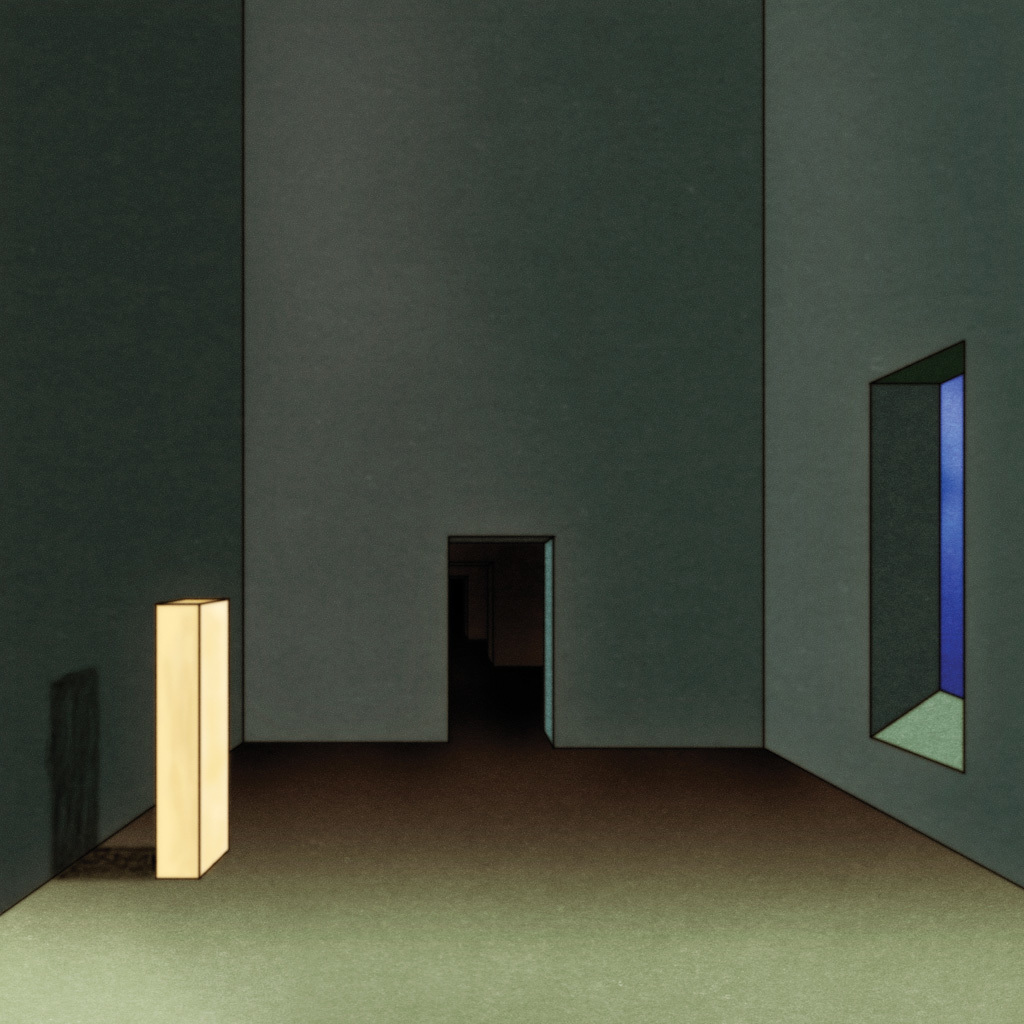
Beatty’s artwork for Oneohtrix Point Never’s album “R Plus Seven” on Warp Records (2013)
I think that scene you came up in was so special and I think a lot of young people that were into it at the time… that stuff really stuck with them.
Yeah, for sure. It’s kind of weird for me because I was just so deep in it. And, as much as it was a very close knit group of people and community, I always felt like I was on some other side of it or something. I never really felt like a part of a crew, other than the people that I was working with directly. I’ve definitely made lifelong friends out of that scene, but also there’s a certain — I feel a weird disconnect to that whole time, just because it seems so foreign to me now.
But you know, a good example of the stuff I’m doing now is I met Dan Lopatin through that scene. Doing Oneohtrix Point Never album covers early on was one of the things people took notice of, and he quickly outgrew that whole zone. But, he’s somebody I met directly through playing weird noise shows to 10 people, and somebody who I’m still working with now, 10, 12 years later.
Yeah, that’s cool that you both kind of grew together.
There’s a lot of people like that, like Peaking Lights, people that I worked with when they were relatively still underground and have made it out, or whatever. [laughs]
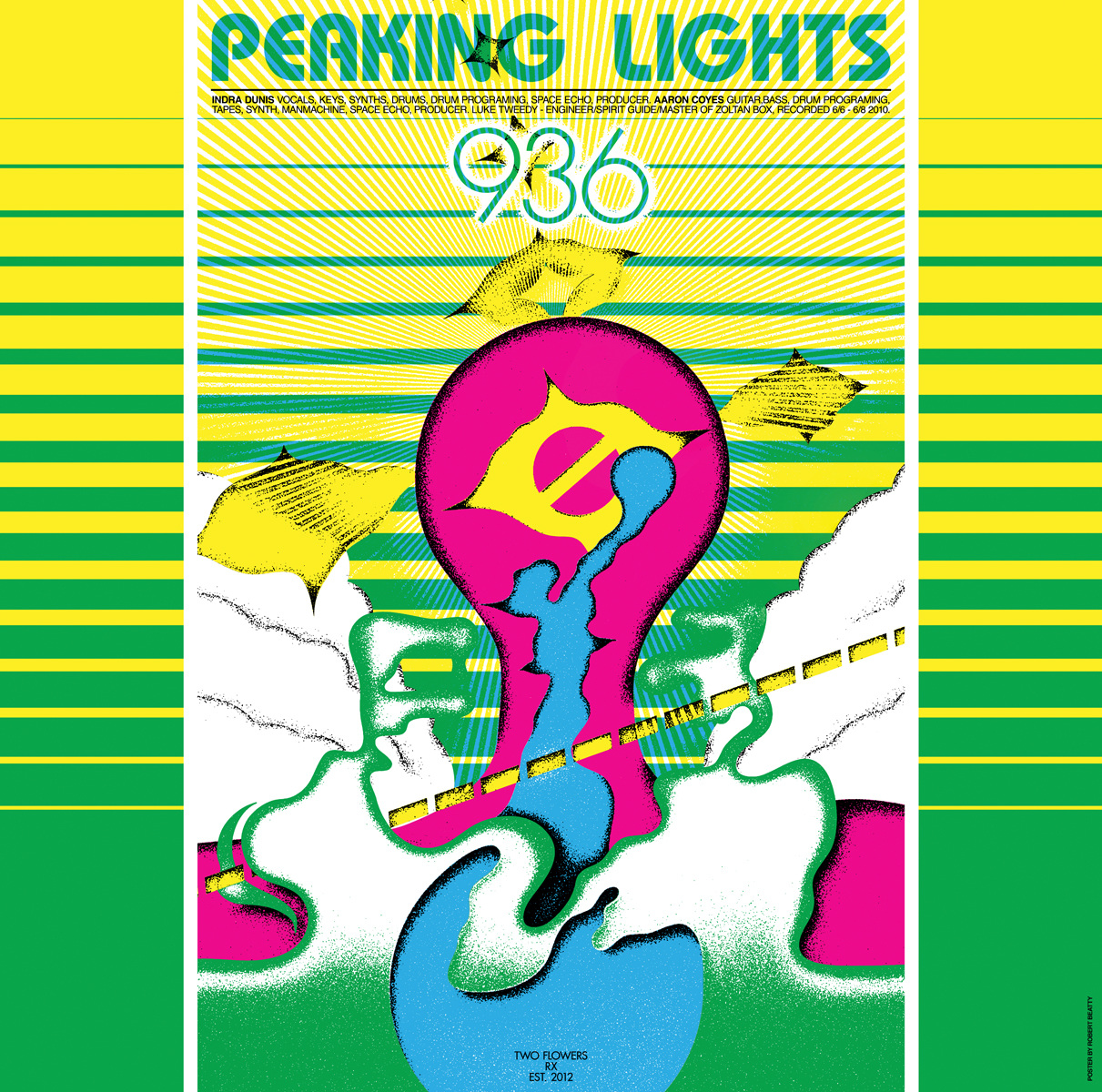
Beatty’s poster that ws included in repress of Peaking Lights “936” LP (2012)
Were you creating album covers for Hair Police?
Yeah, that’s kind of how I learned graphic design in general, doing tapes and CDs. Eventually, when we started putting out records, I was learning how to use Photoshop and layout artwork in templates. We just did it because most of the labels that were putting out our records were just our friends, and they didn’t have a designer or anything. It was like everybody did everything themselves.
I was playing with Burning Star Core too, with Spencer Yeh, and that Challenger record that I did the artwork for, that was kind of the first one I did that was vaguely in the airbrush style, and that people took notice of. With Hair Police, it was like everybody in the band contributed to the artwork in one way, but I was the one putting everything together in the end.
Art directing.
Not even art directing, just, like, I was the one who knew how to use the [computer] programs to put things in the template to send it to the pressing plant, you know? [laughs]

Beatty’s Burning Star Core “Challenger” album cover (2008)
Back to that Challenger record. You said that’s one of the first ones in the airbrush style, and that’s such a distinctive style you’ve sort of became known for. I forget who told me this, but I heard that you have a very interesting process that is sort of this synthesis of digital and analog.
Everything I do is basically based on the way airbrushing is done, where its masking off shapes and filling them in with shading and color, but it’s doing all of that digitally. I like to keep things opaque a little bit. I’m not like super secretive about my process or anything, but it’s kind of nice when people see stuff and they don’t know if it’s an actual airbrush painting or if it’s digital.
It’s a weird obsessive thing where I want people to see things and I don’t want them to know right off the bat how it’s made. Most of the stuff nowadays is fully done on the computer. A while back, I was drawing things on paper and scanning them, and then as I got better at working with the computer, I kind of moved fully into the digital realm. But, I’m always trying to make things not feel digital. And it’s weird, too, because some of the stuff I’ve gotten to do these days has gotten to be too slick, so I’m trying to figure out how to reintroduce a little bit of crudeness into things, or make it seem a little rougher.
In a way, the aesthetic does mirror some of the artists you work with in that it’s hard to articulate exactly why it feels new — the work feels rooted in the past, but it doesn’t feel fully retro.
Yeah. That’s important to me to make things that aren’t just a retro pastiche. I’m trying to build on something, rather than just try and recreate something. I think I’ve been successful at that, but I don’t think that’s really for me to judge. But other people tell me that I’m not just doing something that looks like the cover of an Atari video game box or something. [laughs]

Beatty’s ilustration for V&A Magazine Autumn/Winter 2016 issue
Yeah, it’s a different language, and I’m curious to know about some of your formative influences, even dating back to the noise era, if we can call it that.
I’m actually doing a visiting artist talk at the University of Kentucky next week, so I’ve been trying to think about some of this stuff. I’m kind of realizing one of the things that really opened things up for me and blew my mind and made it to where I was able to combine design and typography with the actual artwork that I was doing… it was seeing Polish film posters, I don’t know if you’re familiar?
What era?
Like ‘60s through the ‘80s. In Poland, they basically made their own versions of posters for American films, or Polish films. They’re all just so over the top and surreal and a lot of them have nothing to do with the actual film, because I think a lot of time, they were making the posters having not seen the movies, you know?

Beatty illustration for the New York Times Book Review for the review of “The Tsar of Love and Techno” by Anthony Marra (2015)
There’s something completely lost in translation that makes it feel new.
And the fact that a lot of this stuff was being made behind The Iron Curtain, it’s subversive in a weird way that actually changed things, kind of. It was probably 2002 or 2003, something like that, when I first encountered those things, somewhere on the internet or maybe in a book at the art library at the University of Kentucky. I used to go there. I was never a student, but I would go there all the time and they would have crazy design books from the ‘60s and ‘70s that nobody had checked out since 1982. [laughs]
There’s this book that Alan Aldridge put together that’s The Beatles’ illustrated lyrics, which is a weird thing that I was obsessed with as a kid. I would see it at bookstores when I was a kid but my mom would never let me get it because there was nudity. But it’s basically like a who’s who of ‘60s illustrators doing illustrations for Beatles songs. I was never that into The Beatles, but that book really introduced me to the airbrush style.
It’s funny, there’s these things that will stick with you, then when it’s time to make stuff, they will come out.
I do feel like I wear my influences on my sleeve a little bit. But I try to make it my own. I mean, [the 1973 animated sci-fi movie] Fantastic Planet is a huge thing. And that was animated in the Czech Republic, so that’s kind of the same world as the Czech and Polish film posters. But that’s something that, still to this day, I’ll make something and people are like, ‘Oh, have you seen Fantastic Planet?’ [laughs] Like, yeah, only about a thousand times.
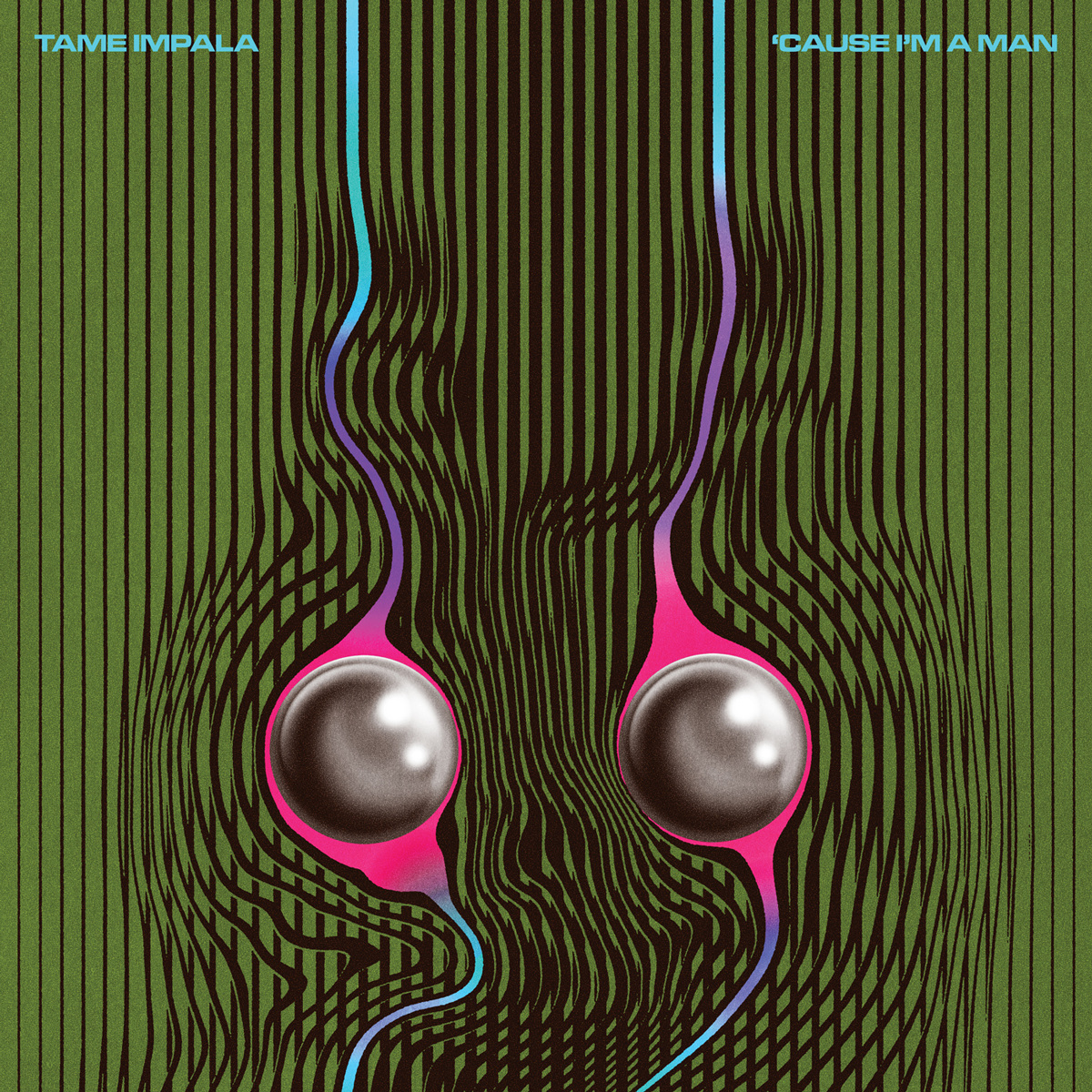
Beatty’s Tame Impala “‘Cause I’m a Man” single cover (2015)
After the work with Oneohtrix Point Never, what was the next turning point in your career going to a different level?
I mean, definitely the Tame Impala cover. I knew that they were a popular band when they contacted me, and I had heard their music, had a lot of friends who were into them, but I had never really listened to them that much. And I think that record, that was their first record that was on a major label, and I think that was the first thing I ever did for a major label. It was on Interscope.
So it was a bigger thing in general, because at that point I didn’t have an agent or anything like that. And, I think with that record they got a lot bigger, too. That record pushed them to some next level, so it was just right place, right time for everybody. I don’t know if it’s one of the best album covers I’ve done, but I think it’s one of the most effective — most direct — translations of what they were going for. And it has been pretty much exactly five years since I’ve made that, and people are still emailing me about it and getting tattoos of it and tagging me on Instagram. It’s insane.
It’s gotta be interesting for you, you’re still based in Kentucky, if I’m not mistaken?
Yeah, for sure. In Lexington.
So you’re in Lexington and this Tame Impala thing happens, and now all of a sudden you’re in the middle of America, interfacing with these major labels and this whole new infrastructure.
The nice thing about the way you can do things now with the internet, I wouldn’t have been able to do this 30 years ago, you know? I mean, that’s not entirely true, but I think it’s just way easier now than it used to be. And it’s weird, too, I think people find something novel about it, like, ‘Woah, this guy’s, like, in Kentucky.’ I think people think I live out on a farm or something, which is not the case. [laughs]
I can imagine that being in Kentucky and being a bit distanced, that can only be good for keeping a balance between these commissions and your own personal stuff.
When I go to New York or LA now, I meet people that I admire their work and have mutual friends with and stuff, but no matter how much of a connection you make, there’s always this weird network-y, big city vibe that kind of overtakes everything. I like that I’m pretty removed from that most of the time. I’ve had artists email me or message me on Instagram and be like, ‘Hey man, we should meet up,’ assuming I’m in LA or New York, or whatever, and I’m like, ‘Well, if you’re ever in Lexington, let me know.’ [laughs]
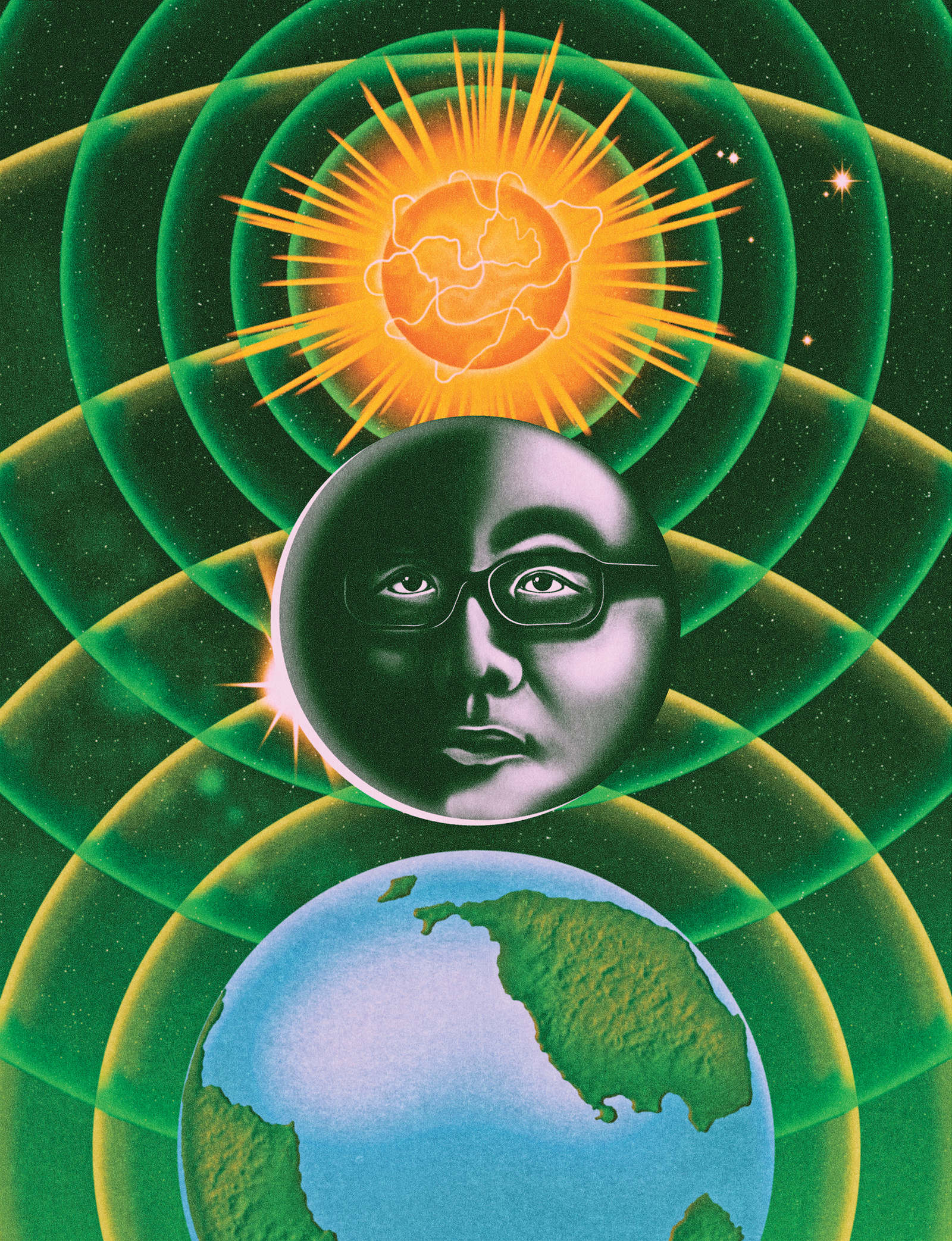
Beatty’s illustration for “Liu Cixin’s War of the Worlds,” published in The New Yorker (2019)
So, are you working on any stuff now — either commissions or personal works?
I’m working on an illustration for The New York Times Book Review right now that will probably be published in the next couple weeks. I’ve been doing a bunch of commercial stuff that I can’t really talk about. I just did a big campaign for this beverage called Kin Euphorics.
Wow.
It’s basically a non-alcoholic cocktail drink, but it’s like adaptogens and nootropics and all kinds of stuff that I don’t really understand. But it was a blast. I had a really great time working on it. It’s so strange, because if you had told me five years ago that I would be doing a lot of stuff like this, I would’ve been like, ‘I don’t know, that doesn’t sound like something I want to do,’ but, it’s weird, a lot of times some of that stuff is easier and more rewarding than working on album covers.
For more on Robert Beatty’s work, visit his website here and follow him on Instagram


